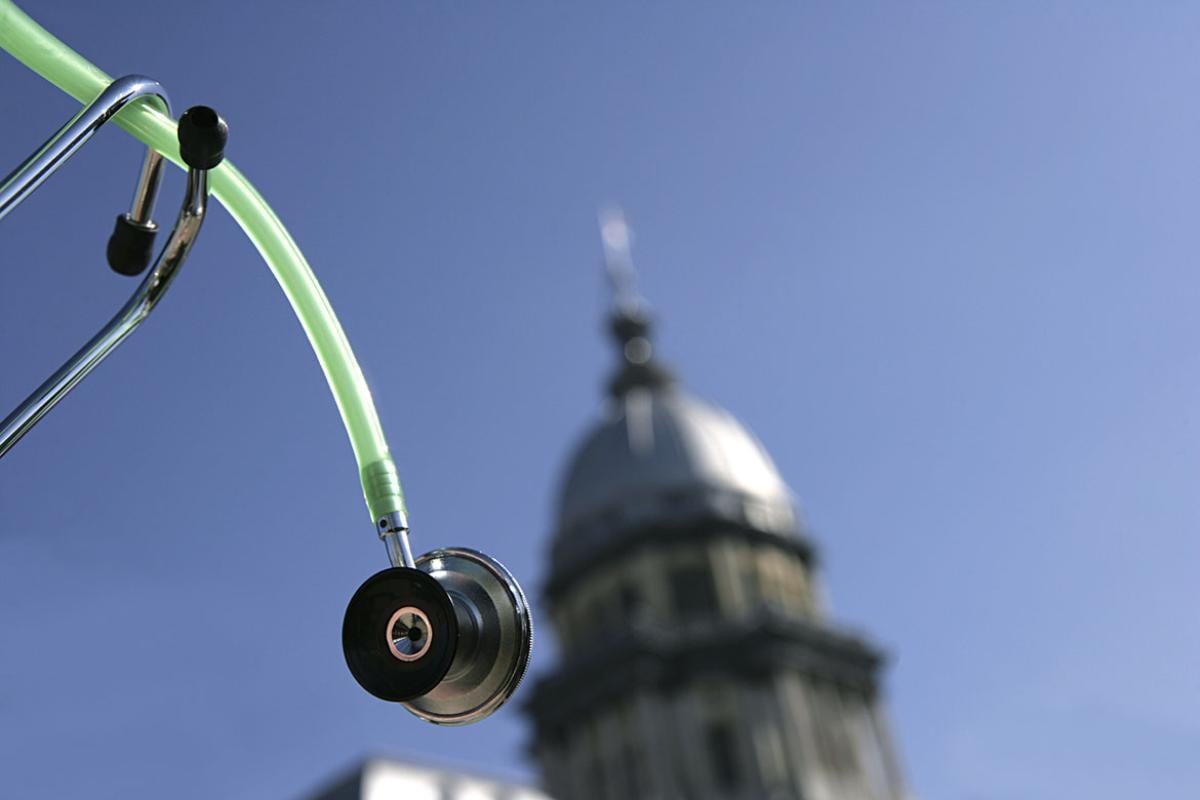Twenty-seven states have no minimum age of juvenile adjudication. In recognition of that reality, the AMA House of Delegates took action to establish such an age floor in the U.S., where proportionally more children interface with the juvenile justice system than in any other country.
In addition to placing children at a higher risk of poor health outcomes, the juvenile justice system often fails to address the root causes of children’s disruptive behavior, according to evidence cited in a JAMA Pediatrics Viewpoint column.
“Research shows that people who experience their first incarceration as a young child have worse health outcomes as adults compared with those first incarcerated as adolescents,” said AMA Trustee Drayton Charles Harvey, a California MD-PhD student. “We believe setting a minimum age for when a young person enters the juvenile justice system will lessen the harmful effects that early justice involvement can have on children and their families over the course of their lives recognizing that children and adolescents need developmentally appropriate, trauma-informed care and services.”
A resolution introduced by the Illinois delegation at the Interim Meeting says “evidence supports decriminalizing young children—providing them with appropriate support and avoiding handcuffs and cages—as a humane and productive approach with positive mental and physical health outcomes for the very young of society.”
While research by the National Governors Association has identified 15 states that have set the minimum age at 10 for juvenile adjudication, delegates adopted policy to “establish minimal age of 14 years for juvenile justice jurisdiction in the United States.” That aligns with the United Nations’ recommendation to boost the minimum juvenile jurisdiction age from 12 to 14.
Additionally, delegates directed the AMA to “develop model legislation to establish minimal age of 14 for juvenile justice jurisdiction in the United States.”
Incarceration’s lasting health effects
In other actions taken at the 2022 AMA Interim Meeting, physicians moved to establish ways to help reduce the burden of incarceration on public health, noting that the U.S. has the highest incarceration rate in the world.
A shortage of employment opportunities providing a livable wage for people who have been incarcerated impedes access to health insurance coverage for their disproportionally higher rates of hypertension and other chronic conditions. Meanwhile, lack of safe and affordable housing also increases the risk of recidivism for new convictions, revocations and readmission to prison, says a resolution presented at the meeting.
To address this, delegates adopted policy to reduce the burden of incarceration on public health, including:
- Implementation and incentivization of adequate funding and resources towards indigent defense systems.
- Implementation of practices that promote access to stable employment and laws that ensure employment nondiscrimination for workers with previous nonfelony criminal records.
- Housing support for formerly incarcerated people, including programs that facilitate access to immediate housing after release from carceral settings.
Additionally, delegates directed the AMA to “partner with public health organizations and other interested stakeholders to urge Congress, the Department of Justice and the Department of Health and Human Services, and state officials and agencies to minimize the negative health effects of incarceration by supporting programs that facilitate employment at a living wage, and safe, affordable housing opportunities for formerly incarcerated individuals as well as research into alternatives to incarceration.”
No Rx marketing in correctional facilities
About 41% of the nearly 2 million people who are incarcerated in the U.S. have a chronic medical condition such as hypertension, diabetes or asthma, says a resolution from the AMA Medical Student Section.
Recognizing the unique protections that must be afforded to such captive populations, delegates adopted policy to “oppose the practice of pharmaceutical marketing towards those who make decisions for captive populations.”
Delegates also adopted policy to “work with state medical societies to support measures to increase transparency in medication procurement.”
This includes, but is not limited to:
- Requiring those responsible for medical procurement to report gifts from pharmaceutical companies over a minimum amount.
- Centralizing formulary choices in a physician-led office, agency or commission following the principles of a sound formulary.
The AMA also will “advocate for the inclusion of physicians and pharmacists in the selection of medications available to captive populations such as incarcerated individuals.”
Read about the other highlights from the 2022 AMA Interim Meeting.



